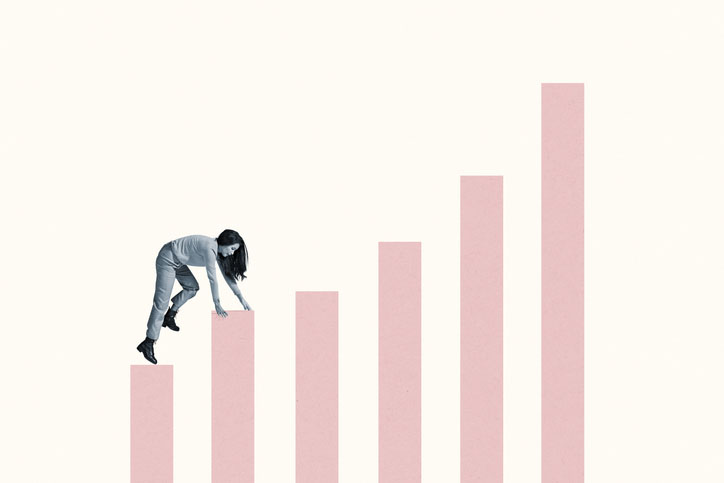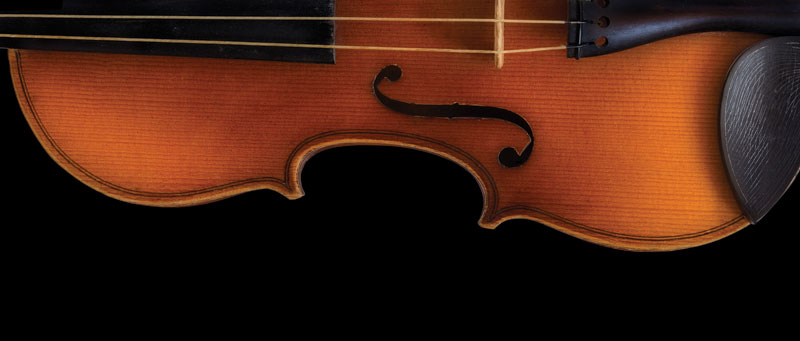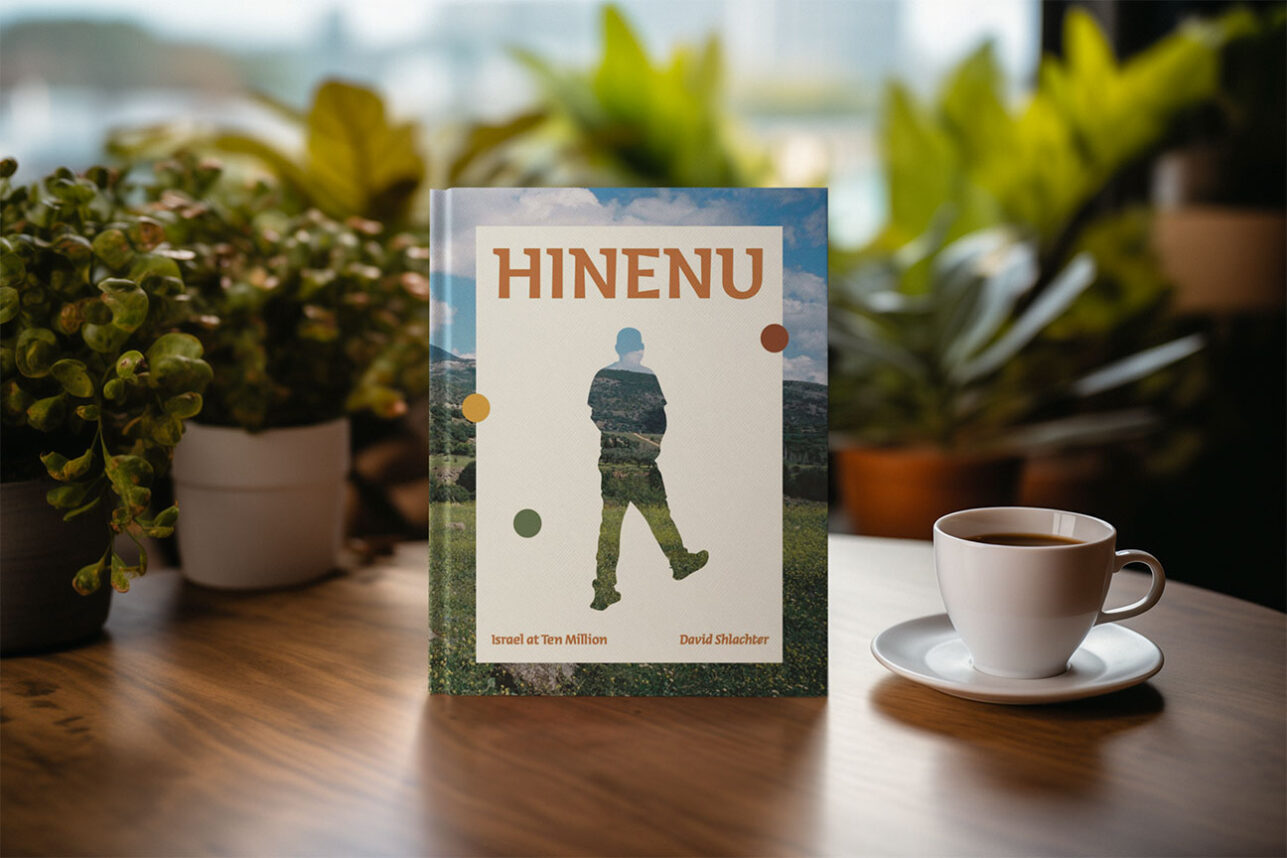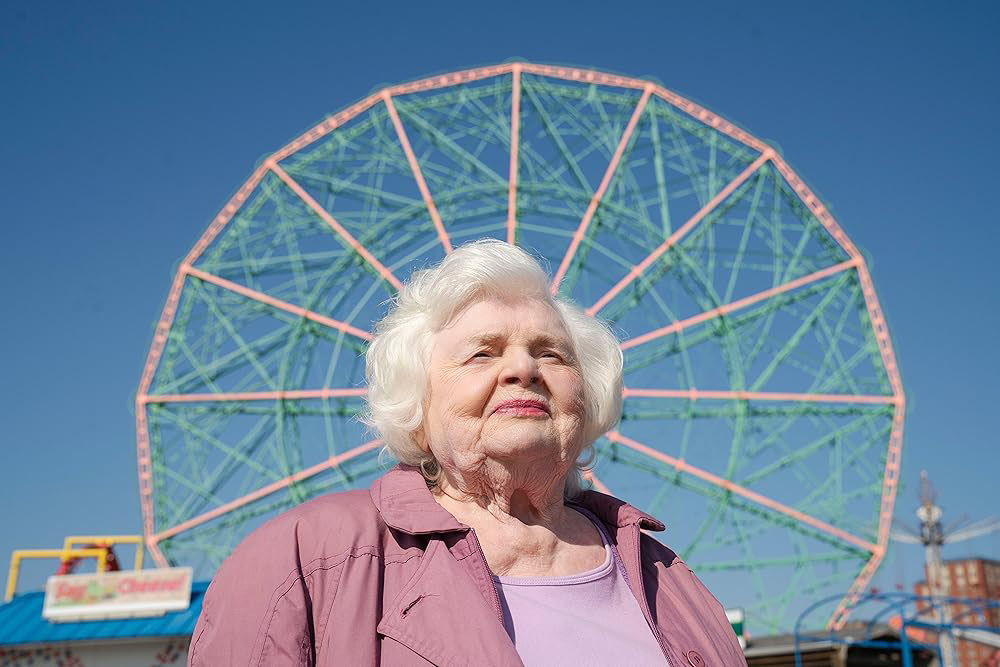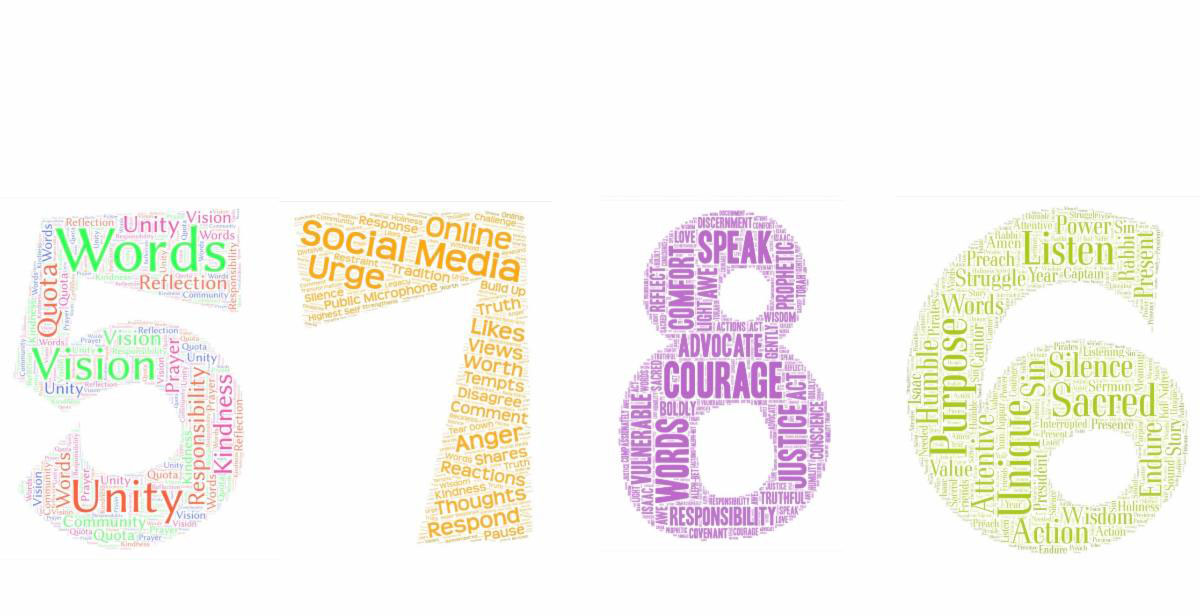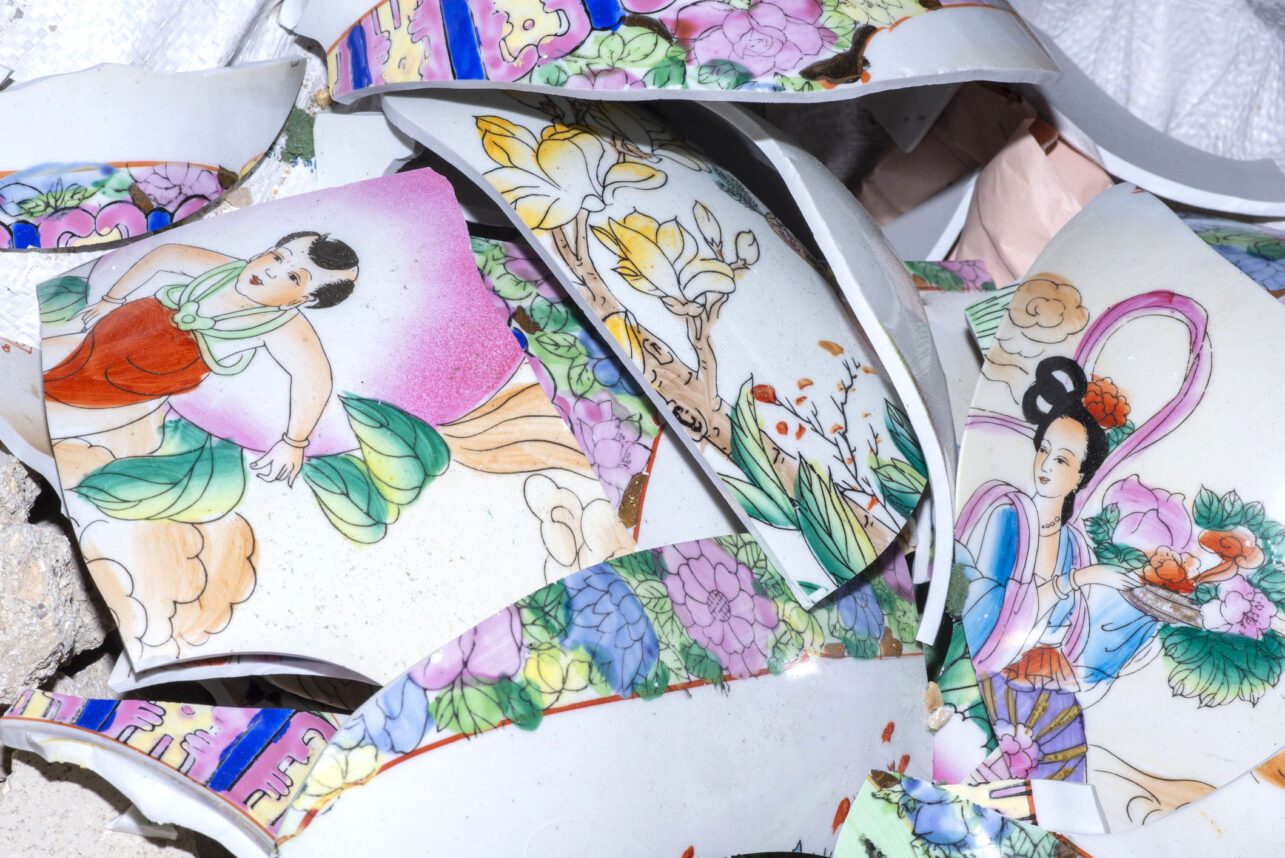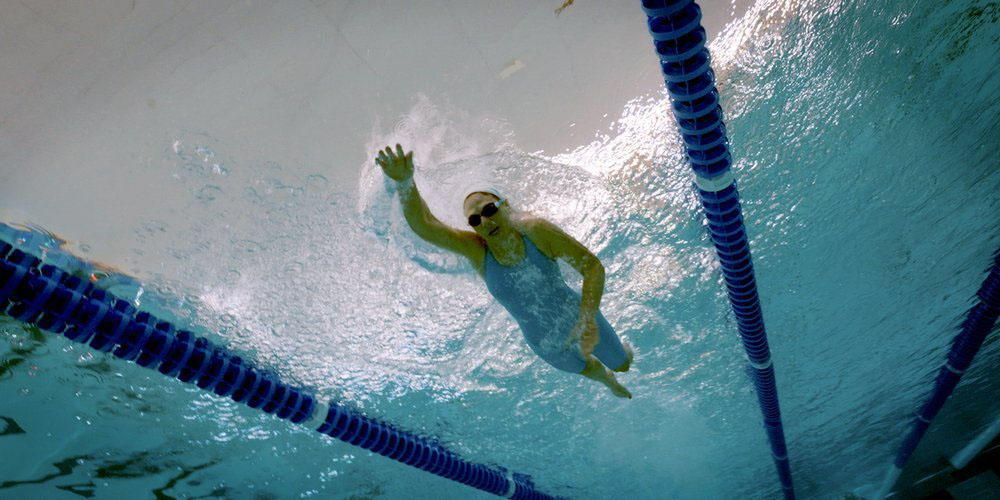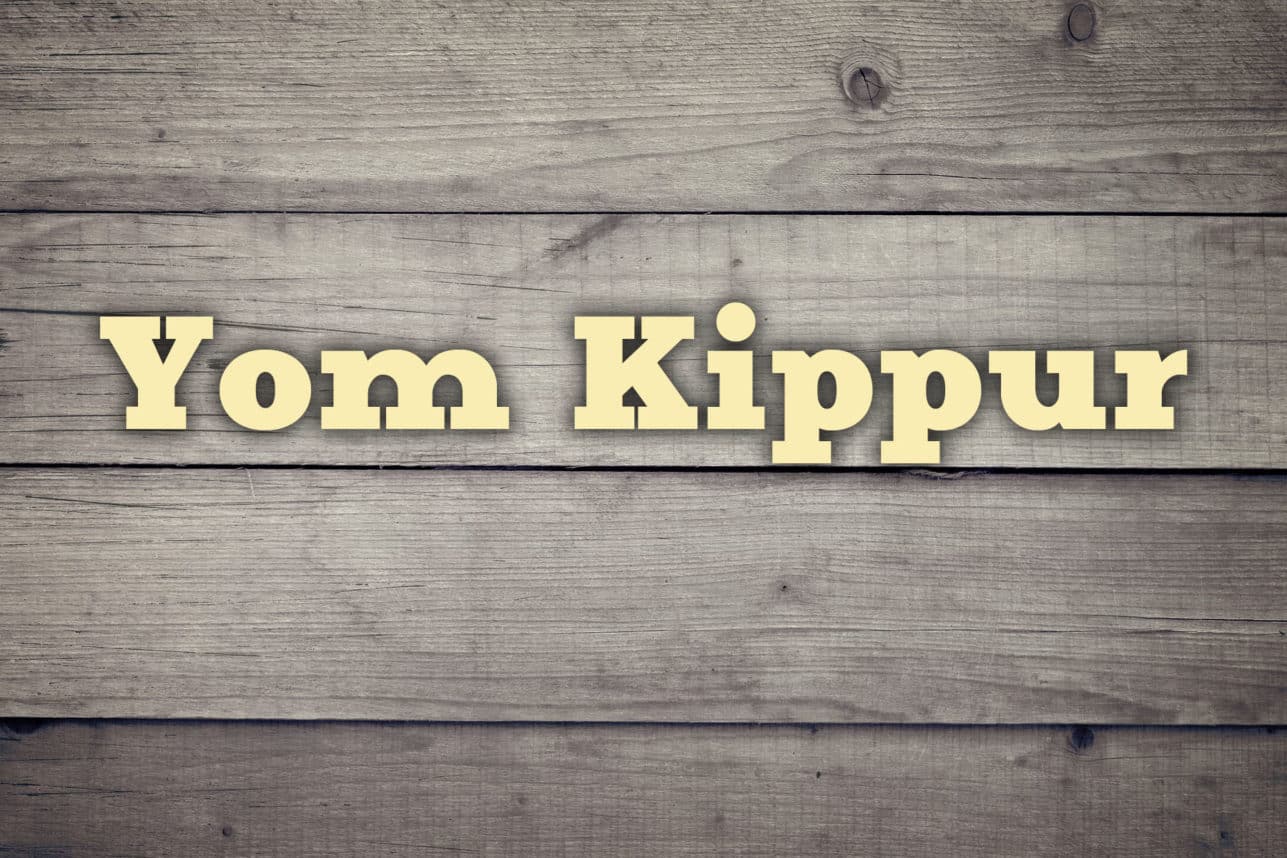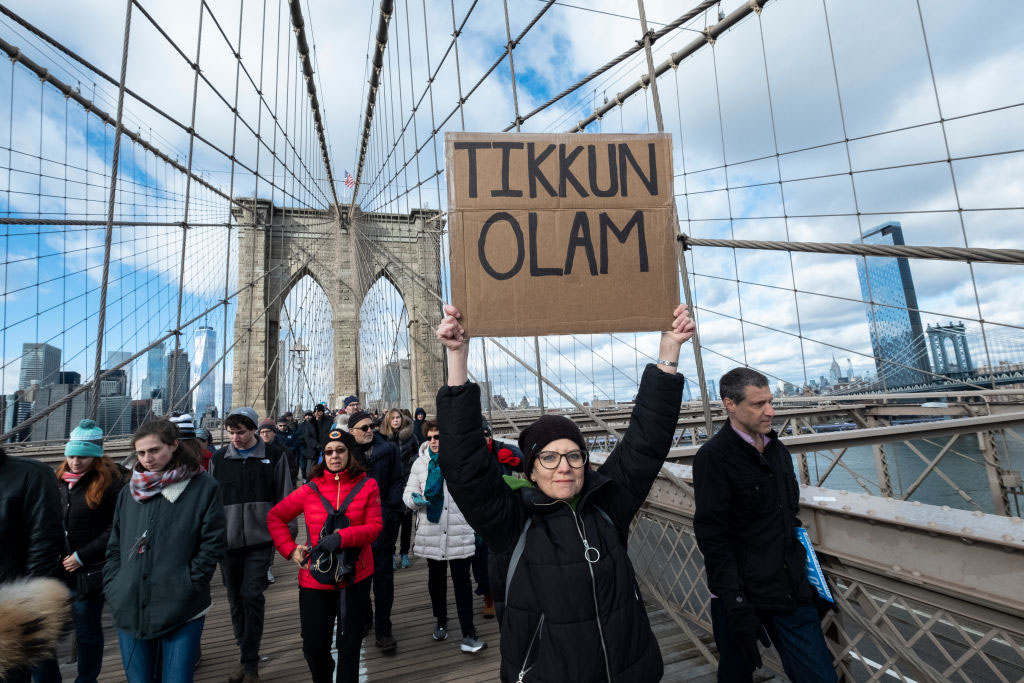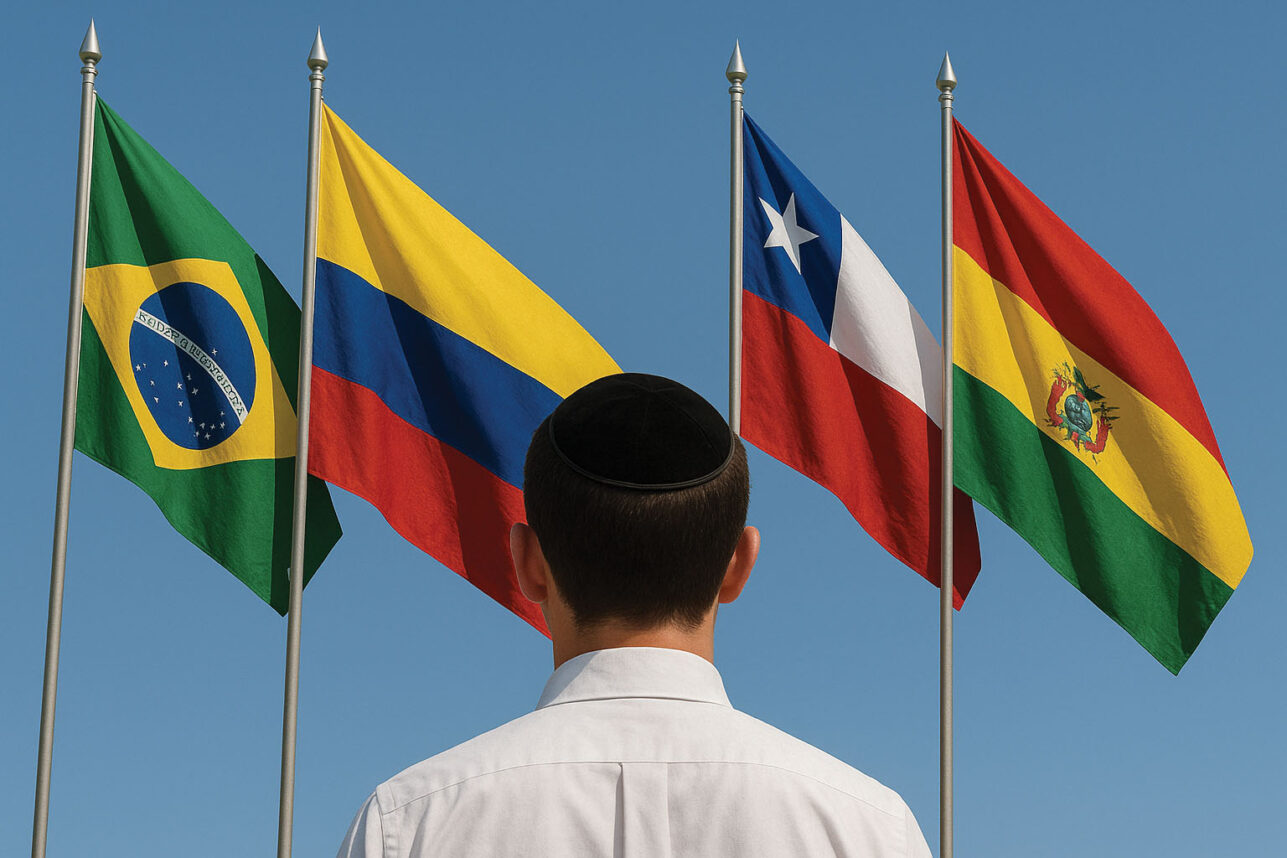
On November 9, 1938, Rabbi Max and Ruth Nussbaum and their five year-old daughter Hannah stayed behind locked apartment doors in their upper-middle class Berlin neighborhood while Nazi-backed rioters wreaked havoc on the Jewish communities of Germany, Austria and the Sudentenland. The Nussbaums could not have known that anti-Semitic rioters were setting fire to more than 1400 synagogues that destroyed totally 267.
Nor could they have imagined that the Germans threw hundreds of Torah scrolls into bonfires and murdered hundreds of Jews while Nazi authorities stood passively by. That night Nazi authorities arrested 30,000 Jewish men and incarcerated them in concentration camps. Jewish homes, hospitals, schools, and 7000 Jewish businesses were destroyed or damaged.
That day came to be known as “Kristallnacht” (“The Night of Broken Glass”) and is considered the beginning of the “Final Solution,” the planned murder of 6 million Jews between 1938 and 1945.
Rabbi Max and Ruth Nussbaum learned in the middle of the night on November 9, 1938 that their own synagogue, The Free Synagogue of Berlin, was on fire. Max walked the short distance from his apartment to the building, entered through a back door, went to the Sanctuary Ark, and took into his arms the smallest of the congregation’s Torah scrolls. He and Ruth kept it safe in their apartment until they escaped Berlin in the middle of the night in 1940 just ahead of the Gestapo coming to arrest them.
Rabbi Stephen S. Wise, a leader of American Jewry and a Reform Rabbi, had sought and secured positions in synagogues throughout the United States for a group of young German liberal rabbinic students and rabbis (including Max), but Max and Ruth felt they had to remain in Berlin as long as possible to offer comfort to their congregants and to assist them if they could in attaining visas. They already had visas for themselves but were unable to attain visas for little Hannah and Ruth’s parents.
Once they learned that the Gestapo was coming to arrest them, Ruth and Max took the scroll, left hurriedly in the middle of the night and escaped to Amsterdam. From there they made passage to New York, were interviewed by the New York Times about what was happening to the Jews of Germany, and traveled to Washington, D.C. to meet with President Roosevelt’s Secretary of the Treasury, Henry (Hans) Morgenthau, who arranged visas for Hannah and Ruth’s parents.
Max and Ruth traveled from Washington, D.C. to Muskogee, Oklahoma where Rabbi Wise had secured a position for the young German Rabbi who had yet to learn English. Hannah and Ruth’s parents joined them in Oklahoma six months later.
In 1942, Temple Israel of Hollywood sought a new rabbi and Max, now a fluent English speaker, was encouraged to apply. He traveled to Hollywood, fell in love with Los Angeles and our community that was founded in 1927 by early heads of Hollywood film studios. He was offered the position and served with distinction until his death in 1974.
Max sent for Ruth, Hannah and Ruth’s parents and they brought with them the small Torah that Max had snatched from his burning Berlin synagogue ark on Kristallnacht. That Torah scroll ever since has occupied a special place in our ark at Temple Israel.
The small Torah’s calligraphy is exquisitely beautiful graced with tiny crowns on many of its letters. It is about 150 years old.
The scroll suffered some damage from the fire in the synagogue on Kristallnacht. A sofer (scribe) told me years ago when I asked him to restore it that any effort to do so would likely ruin the parchment. So, he advised that we leave the scroll as it is. In its current state, though much of it is in tact and readable, tradition considers it to be lo kasher (not permitted for use during services) as every Torah scroll must be in perfect condition during worship.
Like the broken tablets that Moses shattered at the incident of the Golden Calf but which rested in the Tabernacle beside the whole second tablets that Moses brought down from Sinai, so too does our iconic small “broken” German scroll occupy an honored place in our synagogue’s sanctuary ark along side our other scrolls.
Our community affectionately refers to this small Torah as “The Nussbaum Scroll.” We use it every Shabbat in a Torah passing ceremony from grandparent to parent to child (l’dor va-dor – generation to generation) before the young bar/bat mitzvah carries the Torah through the congregation.
There is a mystical tradition that teaches that every Jew that touches a scroll, a part of his/her soul attaches to it and the scroll becomes a part of that Jew’s soul. I imagine as the young bar/bat mitzvah carries the scroll through the congregation that thousands of Jewish souls accompany the child on his/her Jewish journey and links that bar/bat mitzvah not only to Torah but to all of Jewish history and the Jewish people.
The breastplate on the Nussbaum scroll is made of silver and gold and was forged by the Possin Silversmith foundary of mid-19th century Germany. The finials are late 19th century German. Both are part of the Briskin Family Fine Judaica Collection of Temple Israel of Hollywood.
On this 80th anniversary of Kristallnacht, we at Temple Israel celebrate the memory of Rabbi Max and Ruth Nussbaum (z’l) who led our community from 1942 to 1974. We mourn the losses of Kristallnacht and the six million. And we mourn this yer the deaths of the eleven Jews who died al kiddush ha-Shem (Sanctifying God’s name) at The Tree of Life Synagogue in Pittsburgh two weeks ago.
Zichronam livracha – May the memory of the righteous be for us and the entire Jewish people a blessing.











